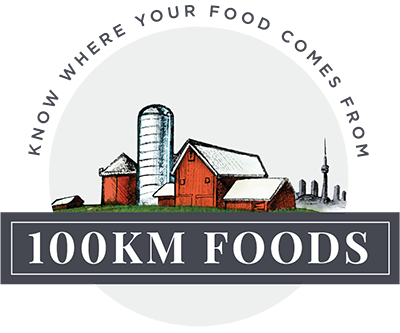
When we think about eating seasonally, it sounds like such a no brainer. In addition to having numerous positive environmental and socio-economic impacts, in-season fruits and vegetables simply taste better and are often more affordable!
During the summer months where there is an abundance of incredible seasonal produce freshly harvested from local farmers available, it's hard to imagine eating any other way.
That's until we hit December and we're staring at three long, cold months with nothing but root vegetables and cabbage in sight. There's nothing like a good Canadian winter to make us realize just how much we depend on our global food system.
And our global food system is an amazing thing. Being able to experience tastes and flavours from other areas around the world is so important. However, our global food system should supplement our diets, not supplant it. This means eating locally and seasonally as much as possible and supplementing our diet with foods we love that we can't grow locally.
Luckily, there are a few things that we can do to stretch the life of our seasonal produce during the Summer months and early Fall that can set us up to eat more locally throughout the year and let us enjoy some of our favourite seasonal fruits and vegetables during those cold winter months.
Food Preservation Techniques - Ways to Preserve Your Favourite Seasonal Foods!
Whether it's making your own homemade jams, pickling or canning your favourite vegetables, or freezing fruits and vegetables to enjoy later, there are so many ways that you can preserve your favourite seasonal foods now to enjoy throughout the year.
Preserving produce does take some time, but it’s so worth it when you're able to bake with Ontario grown strawberries in February. This is also a great family activity to do on a rainy day.
Canning
Canning is a method used to preserve fruits and vegetables for long term shelf storage. If done properly, this is a very safe method of preserving food to enjoy throughout the year.
Canning is a time honored tradition that’s been used for generations and it’s not difficult to do once you know the process.
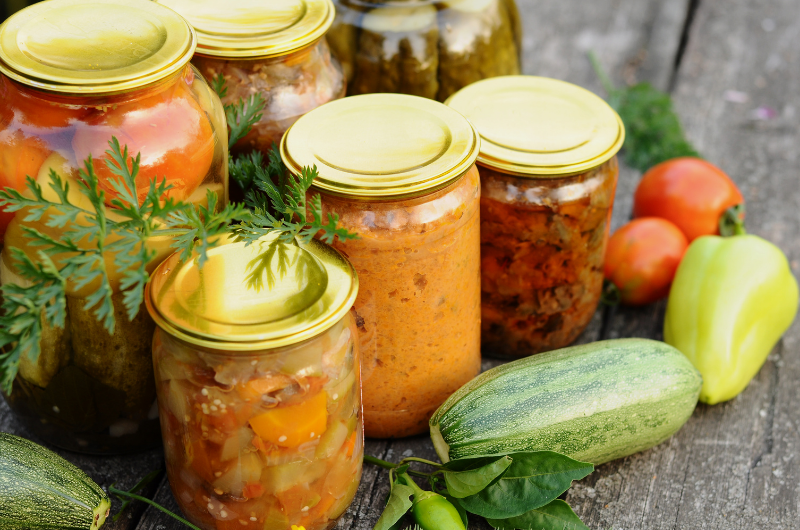
Canning is done by placing food in jars and heating them to a temperature that will destroy micro-organisms that spoil the food. Through the canning process the jar is vacuum sealed so air cannot get in the container and cause contamination.
There are two safe methods that can be used for canning. These include a boiling-water-bath and pressure canning. The type of food being canned will generally determine which method is used.
You can can fresh fruits and vegetables, or make batches of sauces, jams, or jellies to preserve by canning to enjoy throughout the year.
Check out this complete Beginner's Guide to Canning for more information on each method and how to get started with canning your seasonal 100km Foods produce!
Pickling
Pickling is the process of preserving fruits or vegetables or extending the shelf-life of food by fermentation using a brine or immersion in vinegar. The acid alters the flavor and texture of the produce while favoring the growth of desirable, benign bacteria (Lactobacillus). It also prevents the growth of harmful bacteria.
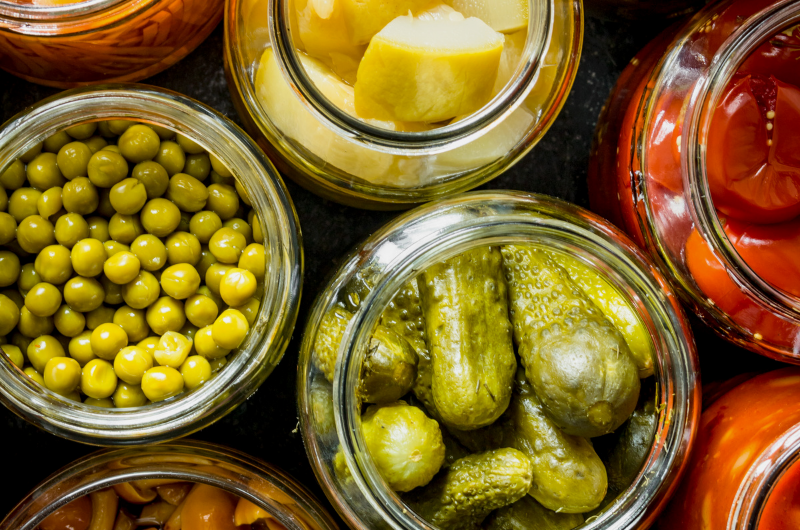
You can pickle almost any fruit or vegetable such as cucumbers, green beans, peppers, turnips, beets, carrots, and asparagus!
Check out this Guide to Home Pickling for more details on how to pickle your favourite local fruits and vegetables from The Market at home!
Freezing
We all know that fruits and vegetables that are harvested in season, at the peak of freshness, just taste so much better. Learning how to properly freeze fruits and vegetables from The Market allows you to lock in that peak freshness flavour to enjoy long after the season's over.
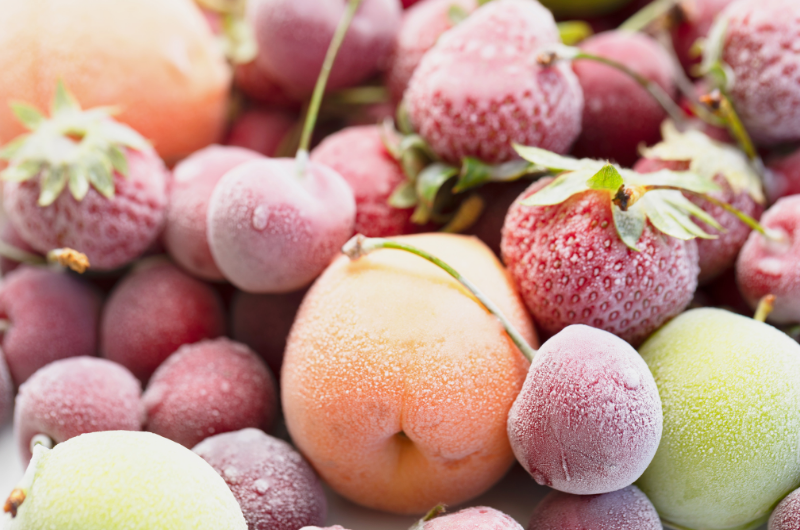
You can freeze a wide range of fresh produce from peaches, apples, pears, berries and cherries, asparagus, beans, peas, corn, broccoli, squash, cauliflower and more! Basically, anything that holds up well when you cook it will freeze well!
Check out this guide to Freezing Fruits and Vegetables for tips for how to freeze your favourite local produce items from The Market!
Drying/Dehydrating
Drying or “dehydrating” food is a another method of food preservation that you can try with a variety of different produce. The method of drying or dehydrating removes enough moisture from the food so that bacteria, yeast and molds can't grow. If dried and properly stored, dehydrated foods are shelf stable.
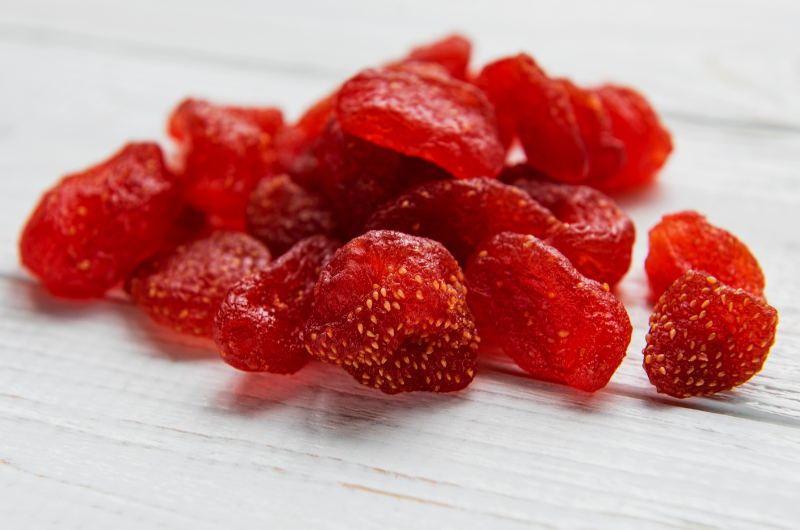
Used for thousands of years to extend the life of food without refrigeration, drying is one of the fastest and cost effective ways to preserve your favourite foods.
If you're new to drying foods, oven drying is a safe bet for your first drying endeavor. You can experiment with different foods but some popular foods to try drying include berries, cherries, peaches, pears, apples, bananas, plums, apricots, tomatoes, herbs, mushrooms, peas, beans, root vegetables and more.
Check out this Beginner's Guide to Drying and Dehydrating Foods!
3 Key Benefits Of Preserving Food
1. You Get to Capitalize on Seasonal Flavor
Food tastes better when it's harvested when it's meant to be harvested. Period. Fresh fruits and vegetables harvested at the peak of freshness are always going to be superior in flavour and nutrition. By preserving food that was harvested at the peak of season, you can enjoy this incredible in-season flavour year-round.
2. Support Local Farmers & Reduce Food Kms Travelled
By preserving foods from your local farmers, it allows you to buy more from them while their products are in season and use more of your food dollars to endorse local farmers and more sustainable farming practices. This results in more money staying in our local food economy and in the pockets of our hardworking local farmers.
3. Reduce Food Waste
Have some fresh strawberries on hand that are starting to overripen? Have some fresh beans that you're not ready to eat yet? By turning those strawberries into a tasty jam or popping the beans in the freezer to enjoy at a later date, you're converting food that would otherwise be wasted into something to enjoy later!
Start Preparing Now!
The key to eating seasonally and locally all year round in Canada is planning. Planning and preparing to enjoy local foods in the winter and spring months begins in the summer and fall. This is when most produce items people love and miss most in the winter months are in season (and also when they will be the most affordable!)
Start by making a list of local produce items you want to preserve to be able to enjoy later in the year. This could be anything from local, freshly picked strawberries, cherries, or peaches to peas, beans, and asparagus. Remember that you most likely will consume them in a different form, but that is part of the fun. Instead of buying basil in the winter you could prep fresh basil in the summer for pesto, blend it alone and freeze it for soups, or dry it for easy seasoning.
When each become available at The Market or your local Farmer's Market, stock up so that you can prepare them and store them for the months ahead. Repeat this with each produce item you want to preserve to eat later in the year as they become available.
Keep an eye out for the following popular local produce items and make a note of when they come in season in Ontario:
- Asparagus: May-June
- Strawberries: May/June - September
- Sweet Corn: July - October
- Sweet Peas: Late June
- Cherries: Late June/July - August
- Peaches: July - September
- Blueberries: Late July - August
- Golden Plums: August - October
- Melons: Late August - September
- Grapes: September - November
- Squash: September - November
- Pears: October - December
- Blue Plums: September - October
- Tomatoes: June - November
- Brussels Sprouts: September - November
- Artichokes: August - October
Remember, the more creative you get with how you preserve these ingredients, the more diversity you'll have in enjoying them throughout the winter months! Instead of buying fresh strawberries and making a massive batch of strawberry jam, consider freezing some whole for smoothies or baking.
Instead of drying all your fresh herbs, consider chopping and freezing some in olive oil in ice cube trays to cook with, or making them into a pesto to freeze and enjoy later.
Ready to Start Preserving?
Shop the Market for in season products to enjoy year round and share your preserving projects with us on Instagram by tagging us at @themarketat100kmfoods.
